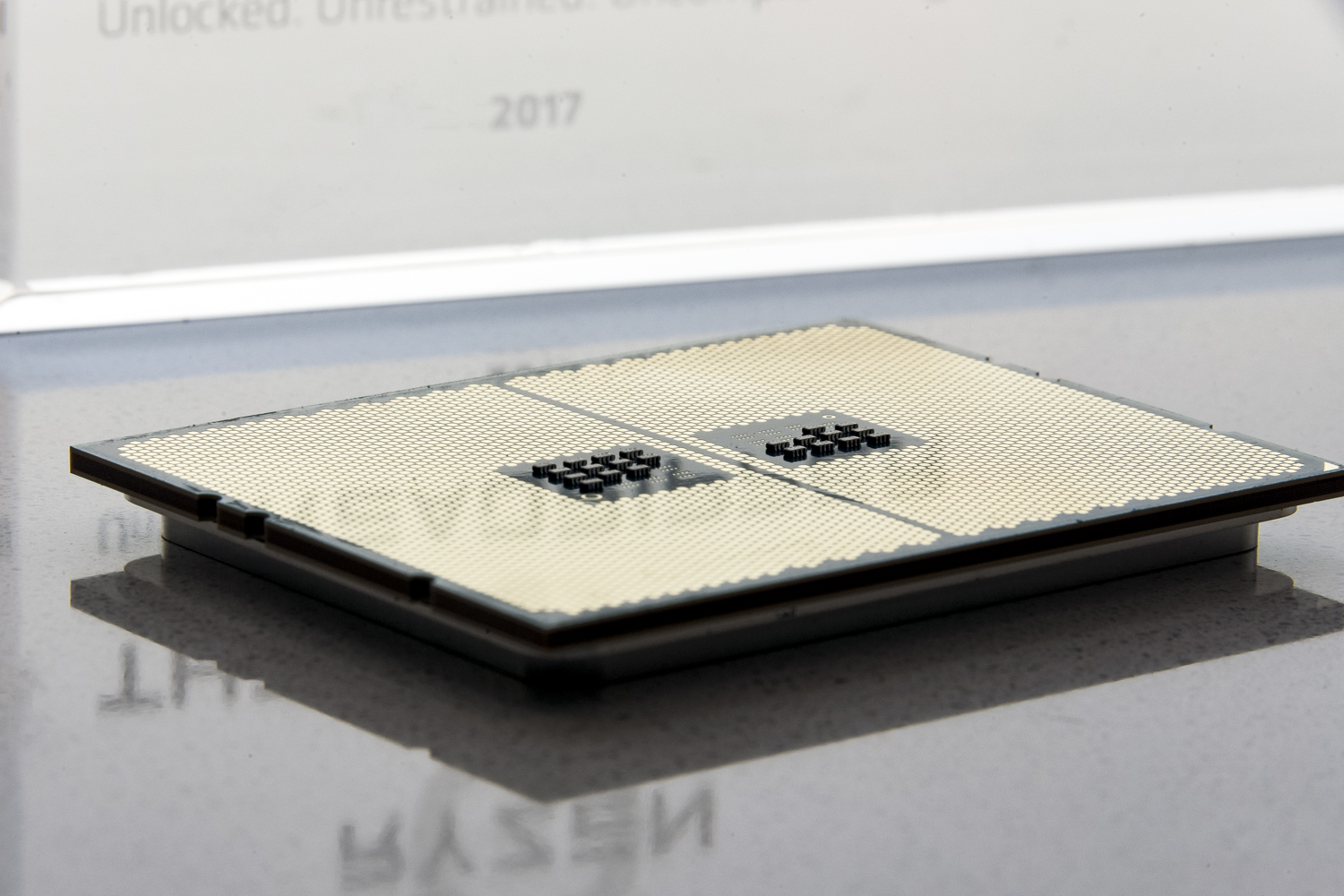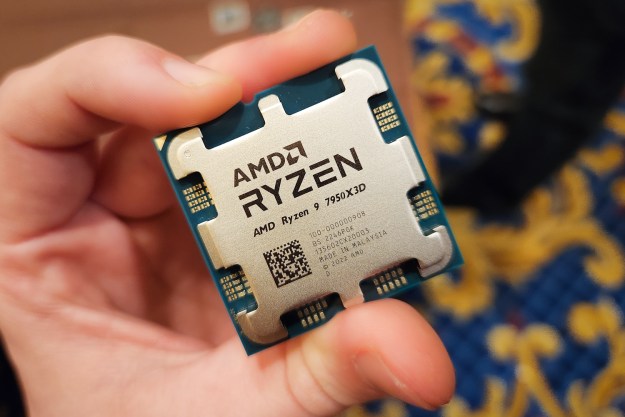
AMD’s full range of Threadripper 2 CPUs is now available with the launch of the 2970WX and the 2920X. Both chips represent slightly weaker iterations of the flagship 2990WX and the more-affordable 2950X and expand the options for potential buyers and system builders. They’re still not cheap, but they do give those who don’t need the absolute extreme core and thread counts some alternatives at a reduced price tag.
AMD’s Threadripper CPUs have pushed the boundaries of the kind of core and thread counts we can expect from CPUs that aren’t aimed at server builds. The first generation was already impressive with up to 16 cores on the 1950X, but the second generation offered even more, sporting up to 32 cores and 64 threads at the top end. The 2970WX isn’t quite so extreme at 24-cores and 48-threads, while the 2920X is more akin to the consumer-oriented Ryzen CPUs, with 12 cores and 24 threads.
Like its bigger brother, the 2970WX is targeted at professionals with heavy multithreaded workloads. It has a thermal design power requirement of 250 watts and it clocks up to 4.2GHz when boosted. The only real difference between the two is the drop in core count, though its price tag is also noticeably reduced at $1,300, $500 less than its bigger brother.
The 2920X is the most affordable of the second-generation Threadripper CPUs, sporting a price tag of $650. Its 12 cores can be clocked at up to 4.3GHz when boosted and requires a more reasonable 180 watts to cover its TDP. All the new Threadripper CPUs are built on the Zen+ architecture, the same as the Ryzen 2600, 2600X, and 2700X, and support a full 64 PCI Express lanes. They officially support DDR4 RAM up to 2,933MHz, though can go further with overclocking.
While the 2920X and 2950X are targeted more toward gamers and enthusiasts than their WX counterparts, AMD released an update for the more expensive Threadripper chips which can, we’re told, increase gaming performance by up t0 47 percent. Some of these chips will be making their way into Dell’s new generation of its Alienware Area-51 Threadripper Edition.
None of these CPUs are really targeted at even high-end gamers. We’d recommend the 9900K if you’re looking for the best gaming CPUs out there. If you want to do game streaming while you game though, or are a heavy multitasker, the new Threadripper CPUs are some of the best.
Editors' Recommendations
- Gigabyte just confirmed AMD’s Ryzen 9000 CPUs
- AMD’s next-gen CPUs are much closer than we thought
- Steam Deck 2: release date speculation, specs, pricing
- AMD is making the CPU more and more obsolete in gaming
- Nice try, Intel, but AMD 3D V-Cache chips still win





